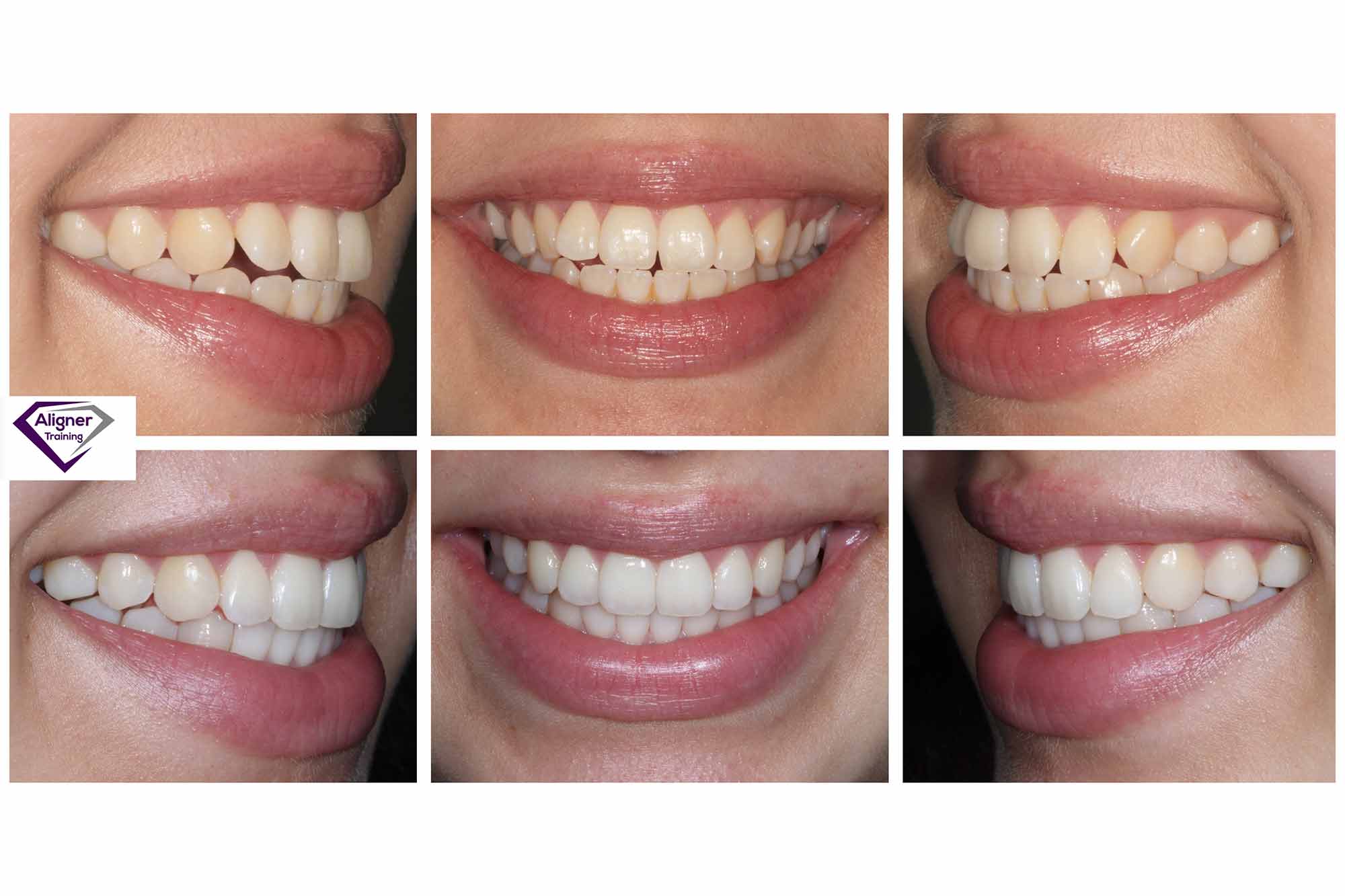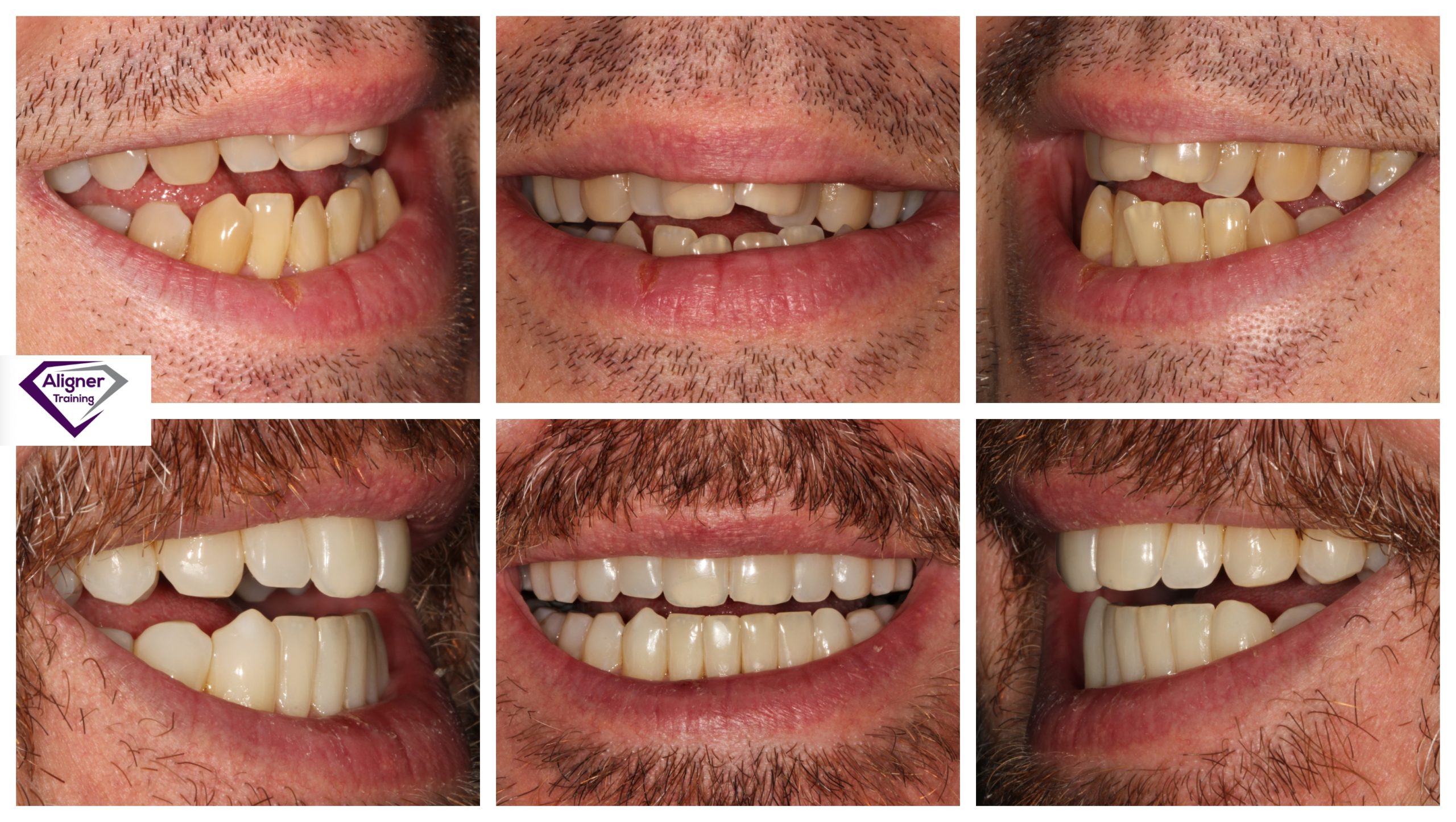 Gina Vega considers the importance of dental practitioners seeing clear aligner therapy through to the end.
Gina Vega considers the importance of dental practitioners seeing clear aligner therapy through to the end.
I firmly believe that the basis of good cosmetic dentistry relies on the position of the teeth. It is because we are using, in a very large number of cases, natural healthy teeth and placing them in a more harmonic beautiful position.
This new position is paramount to have symmetry in a smile and maintain good oral health so orthodontic treatment with clear aligners is the number one cosmetic treatment.
It is all about minimal invasive dentistry, teeth straightening with clear aligners has been used widely for many years now – and rightly so as it works wonders and is very discreet.
Nowadays it is very trendy to straighten teeth followed by teeth whitening and composite bonding. It is so popular that there are hundreds of thousands of before and after photos on social media advertising the combo.
Finishing treatment
But is advertising straightening and teeth bonding together the right thing to do?
Whilst I don’t see any issues in whitening teeth after aligning them, I do see a big issue arising when we have a large number of dentists using clear aligners but are unable to finish treatment to a high standard. This may be because they don’t have the clinical skills to do it or because somehow they feel that longer treatments will be rejected by the patients.
Many dentists out there are finishing treatments with aligners to 70% and the other 30% is done with composite bonding or veneers.
If the patient’s teeth are perfect, my question is…why not only align teeth to a high standard and remove the need to ‘finish’ the treatment with restorative treatment?
Please do not get me wrong – I do composite bonding or veneers after Invisalign when there is need for it. For example, in cases with bolt discrepancy, very worn or chipped teeth, high lip lines where crown length discrepancy cannot be disguised and to replace previous restorations. And also when the patient requests it.

Pros
1. Cost
I am not only talking about the fact that by not adding restorations to the treatment plan the cost of the treatment will be less.
More importantly, however, the lifelong cost of maintenance will be minimal as the patient will only have to replace their retainers every few years. They will not have to replace composite bonding on several teeth every four to seven years.
2. Health
Straight teeth are clean teeth. Natural teeth are easy to maintain and clean. There’s no margins to worry about. No gingivitis associated with subgingival margins is always going to be a big plus in the prevention of decay and gum disease.
3. Low maintenance
As mentioned above, the patient will not have to go through the same restorative procedure every four to seven years, only the replacement of retainers.
4. Natural results
The majority of our patients have lovely shaped teeth, but they are in the wrong position. So by aligning them properly we will achieve a beautiful natural smile.
Not all our patients are into the celebrity smile look – they are happy to accept minor imperfections.
5. Longevity
A natural smile well retained will last forever!
Cons
1. Longer treatment times
There are so many ads around advertising for smile makeovers in three to six months that it seems that six months is the maximum time that people are prepared to wait for a new smile. But believe me, it is not!
To be able to achieve the best results you will need one to two sets of additional aligners, and depending on the complexity of the initial malocclusion, maybe even three or four.
2. Natural results
Yes, this is both a big positive for cost and maintenance. But it can be a negative as some patients would not want the natural look and are looking for what for them is a ‘perfect smile’. They want their teeth to look done rather than natural and that is fair enough.
3. Clinician skills
From the initial consultation with the patient, you should be able to identify the challenges of the treatment and how you are going to achieve the best results.
So you need to have good knowledge not only to diagnose the malocclusion, but knowledge on the biomechanics of teeth movement, protocols for different malocclusion, interproximal reduction, attachments, and anything else needed to understand the aligner system you are using.
Commitment to continuous professional development in this field is paramount to improve your clinical skills.
For more information, visit www.alignertraining.com.


